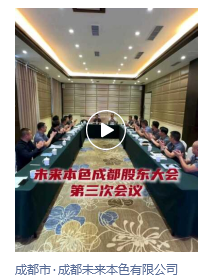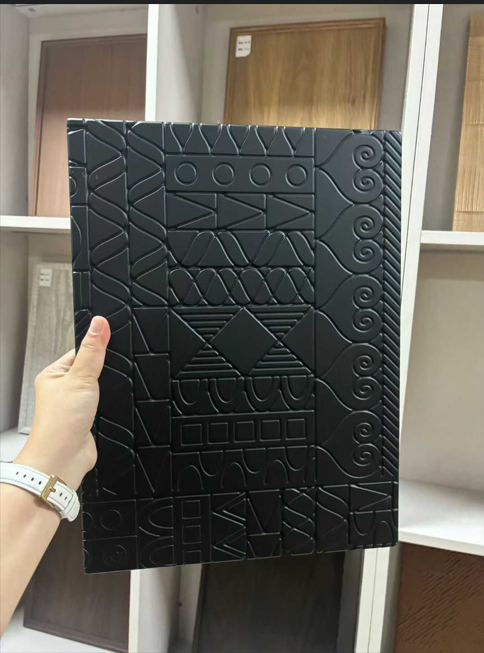The 3rd Team-building Conference of Future Colors was Successfully Held in Chengdu.
2025-10-22
The third team-building conference of Future Colors was successfully held in Chengdu from October 16th to 19th, 2025. Representatives from 10 branches gathered in Chengdu. At the conference, we mainly reviewed our development and shortcomings in the decorative film field in 2025 and made plans for the development in 2026.

On the eve of the annual meeting, the company carefully selected 32 classic color series and spent three months creating a high-end color card unprecedented in the wood veneer decorative film industry, empowering and boosting the development of the wood veneer industry.

The wood veneer industry is in a stage of rapid development, with the market size continuously expanding. According to industry reports, the home decoration market size in China reached 8.1 trillion yuan in 2022, and the penetration rate of wood veneer panels was less than 10%. However, the wood veneer industry has a broad prospect, and the market size will continue to expand. It is expected to reach 194.626 billion yuan in 2030, driven by multiple factors such as the growth of home decoration demand, environmental protection trends, technological innovation and the expansion of application fields.
Core Driving Factors:
- Upgraded consumer demand: Consumers have raised their expectations for the aesthetics, comfort, and personal of their home environments. Wood veneer, with its natural textures, diverse styles (such as modern minimalist and Nordic), and customization capabilities, has become the preferred material for scenarios like TV background walls and wardrobes. Please provide the text you would like translated.
Environmental protection policies and technological innovation: The enhanced awareness of environmental protection has driven innovations such as formaldehyde-free adhesives and bio-based materials. For instance, the ENF-level formaldehyde-free process and UV coating technology have improved the durability and safety of products. The goal of carbon neutrality has also accelerated the green transformation of the industry. Please provide the text you would like translated.
Application field expansion: From home decoration to commercial spaces (hotels, office buildings) and public buildings, especially in prefabricated buildings, the demand increment is significant, expected to contribute 38% to the total growth. Please provide the text you would like translated.
Production efficiency improvement: Technologies such as CNC machining, AI visual sorting, and digital twin factories reduce production costs, shorten delivery cycles, and enhance competitiveness. Please provide the text you would like translated.
Challenges and Risks
Despite the optimistic outlook, the industry still needs to address the following issues:
Intense market competition: The industry has a low concentration rate, dominated by small and medium-sized enterprises. Products are highly homogeneous, and foreign brands hold a dominant position. Local enterprises are under pressure from price wars and technological barriers. Please provide the text you would like translated.
High environmental compliance costs: Policies such as pollutant discharge permits and carbon footprint management increase the technological transformation investment for enterprises. Those that fail to meet the standards may be eliminated. Please provide the text you would like translated.
Fluctuations in raw materials: The price of wood is affected by international logistics and trade policies. Supply chain risks need to be mitigated through overseas resource layout or futures hedging.
Despite numerous challenges, Future Colors remains committed to research and development and innovation in the wood veneer decorative film field, providing customers with more and better products.



